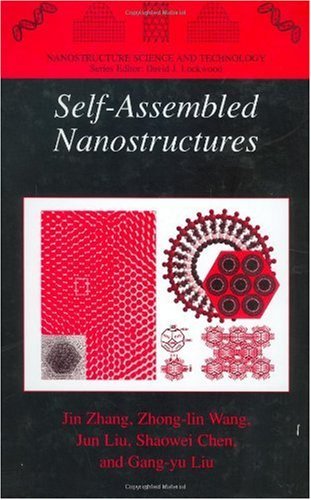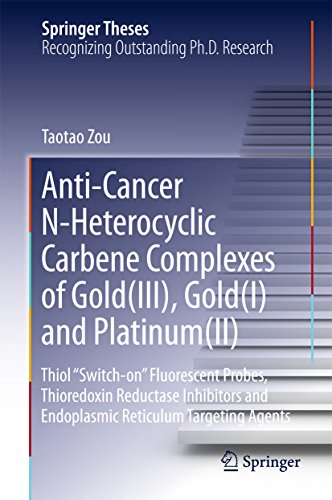
By David Philip Miller
Read Online or Download Discovering Water: James Watt, Henry Cavendish and the Nineteenth-Century 'Water Controversy' (Science, Technology and Culture, 1700-1945) PDF
Similar inorganic chemistry books
Self-Assembled Nanostructures (Nanostructure Science and Technology)
Nanostructures discuss with fabrics that experience suitable dimensions at the nanometer size scales and stay within the mesoscopic regime among remoted atoms and molecules in bulk topic. those fabrics have distinct actual homes which are quite diversified from bulk fabrics. Self-Assembled Nanostructures offers systematic insurance of simple nanomaterials technological know-how together with fabrics meeting and synthesis, characterization, and alertness.
Transport Properties of Chemicals and Hydrocarbons
Protecting greater than 7,800 natural and inorganic chemical compounds and hydrocarbons, shipping homes of Chemical and Hydrocarbons, moment variation is a vital quantity for any chemist or chemical engineer. Spanning gases, beverages, and solids, the ebook covers all serious homes (including viscosity, thermal conductivity, and diffusion coefficient).
This thesis makes a speciality of the advance of gold- and non-classical platinum-based anti-cancer brokers that exhibit distinctively varied anti-cancer mechanisms in comparison to the widely used cisplatin. those steel complexes include N-heterocyclic carbene (NHC) ligands that are capable of shape robust M-C(NHC) bonds, conferring excessive balance and favorable lipophilicity, reactivity and binding specificity of steel complexes on biomolecules.
Modern Applications: Volume 2 (De Gruyter Textbook)
Nuclear chemistry represents an important box of easy and utilized research. glossy functions disguise, for instance, primary points of energetics and high-sensitive, high-selective and non-destructive analytical applied sciences. Nuclear chemistry and radiopharmaceutical chemistry are more and more used to bridge pharmaceutical and scientific examine with cutting-edge non-invasive molecular analysis in addition to with patient-individual remedy.
- Phosphorus: Chemistry, Biochemistry and Technology, Sixth Edition
- Gases in Molten Salts (IUPAC Solubility Data Series)
- Functional Metal Oxides: New Science and Novel Applications
- Lanthanides and Actinides (Periodic Table of the Elements)
- Thermal Decomposition of Ionic Solids: Chemical Properties and Reactivities of Ionic Crystalline Phases (Studies in Physical and Theoretical Chemistry)
- Crystal Growth of Intermetallics
Extra info for Discovering Water: James Watt, Henry Cavendish and the Nineteenth-Century 'Water Controversy' (Science, Technology and Culture, 1700-1945)
Example text



